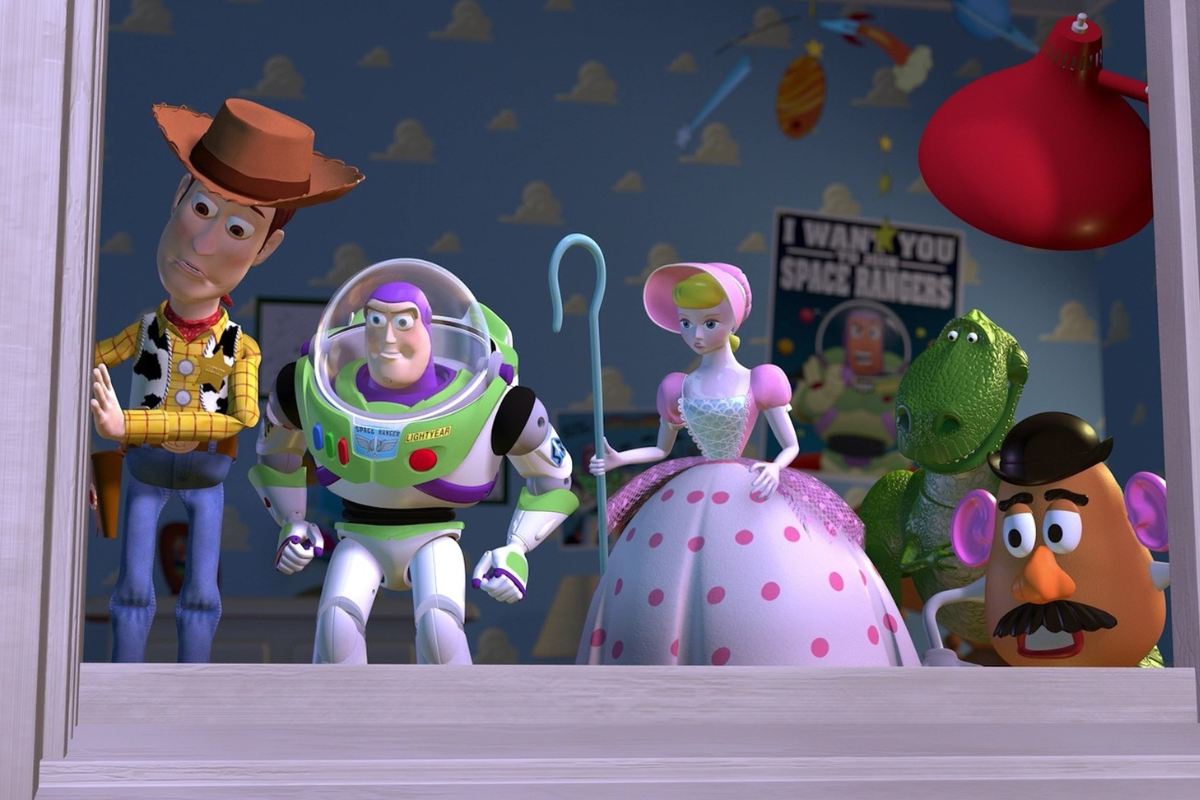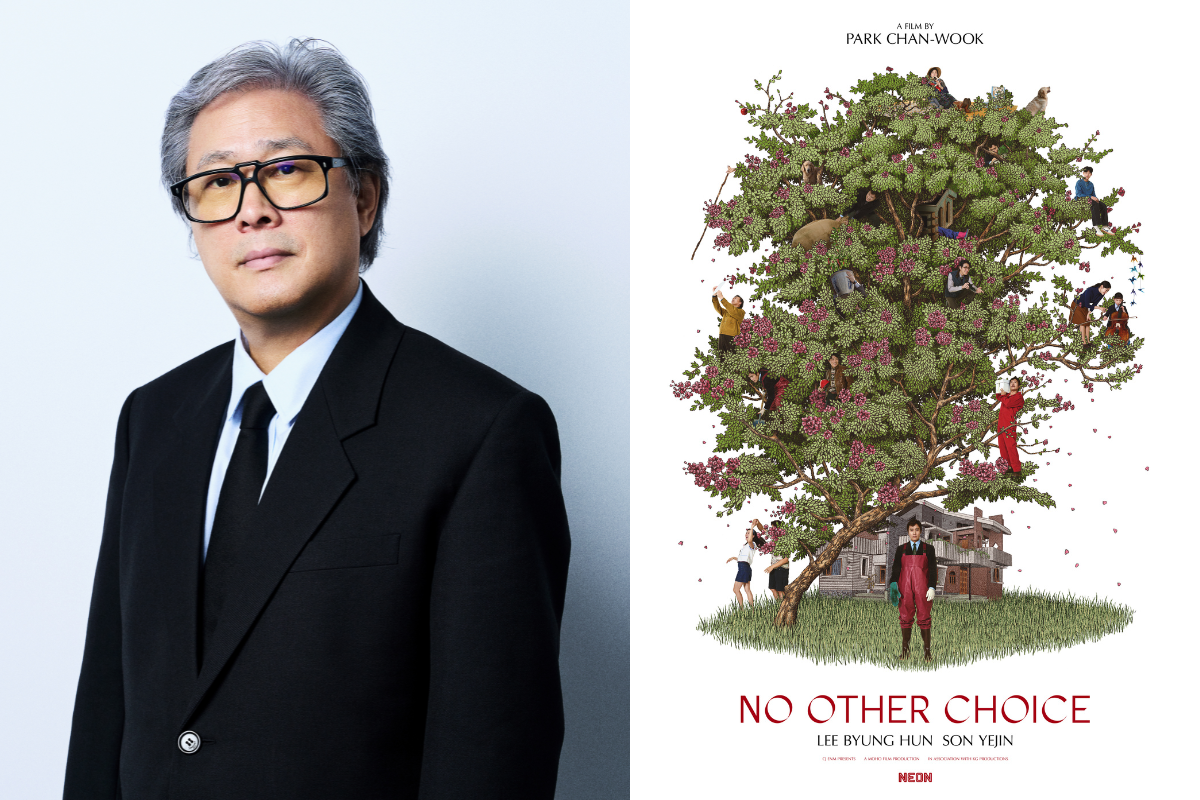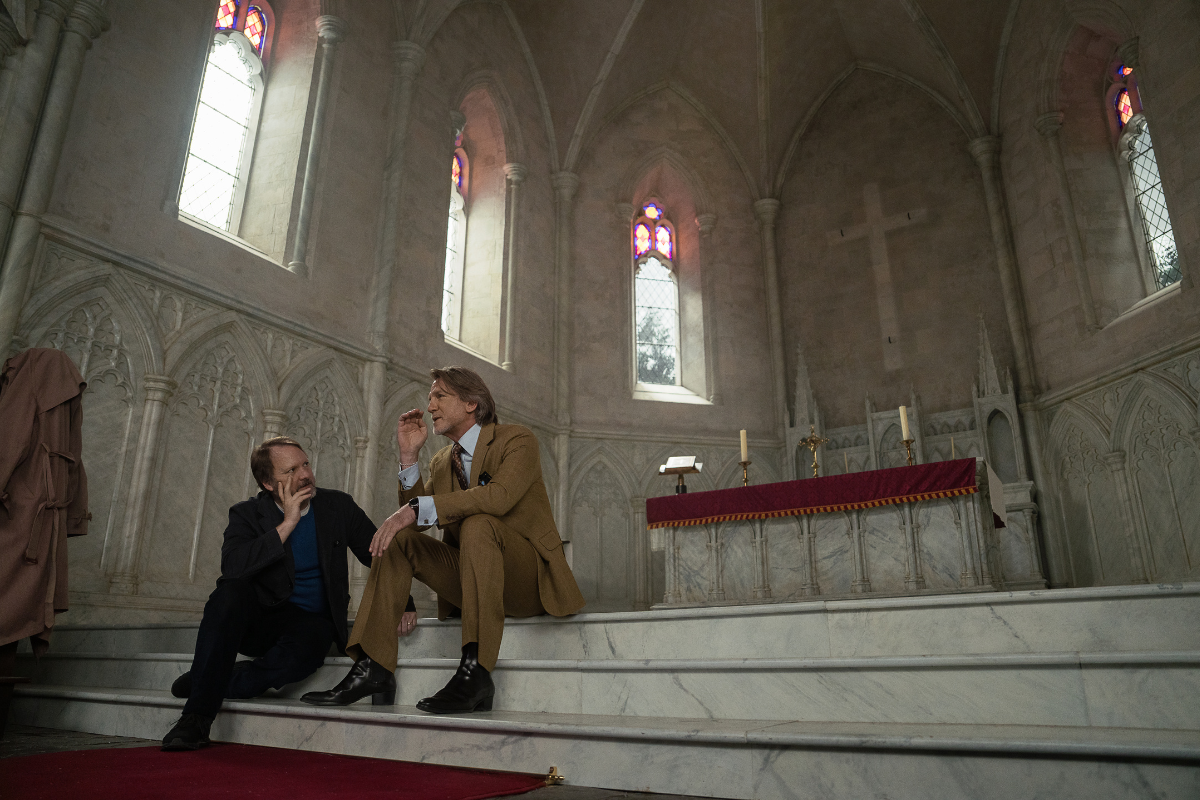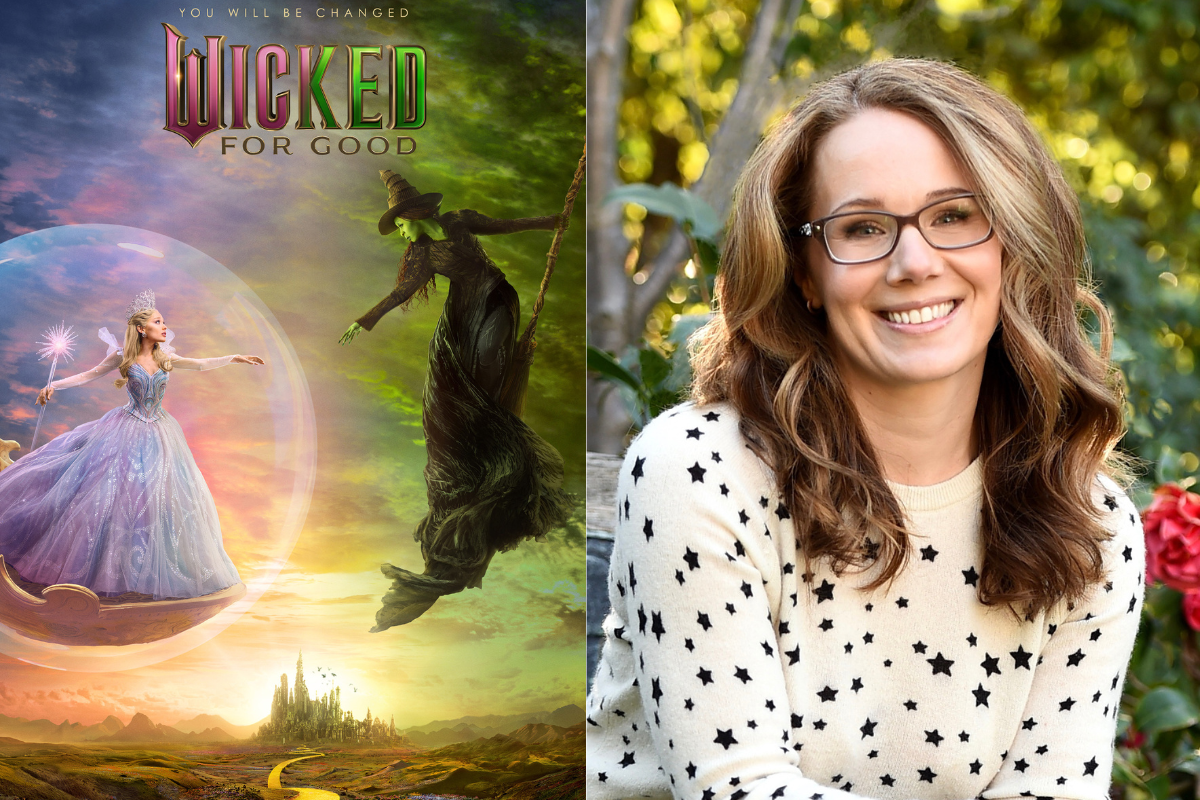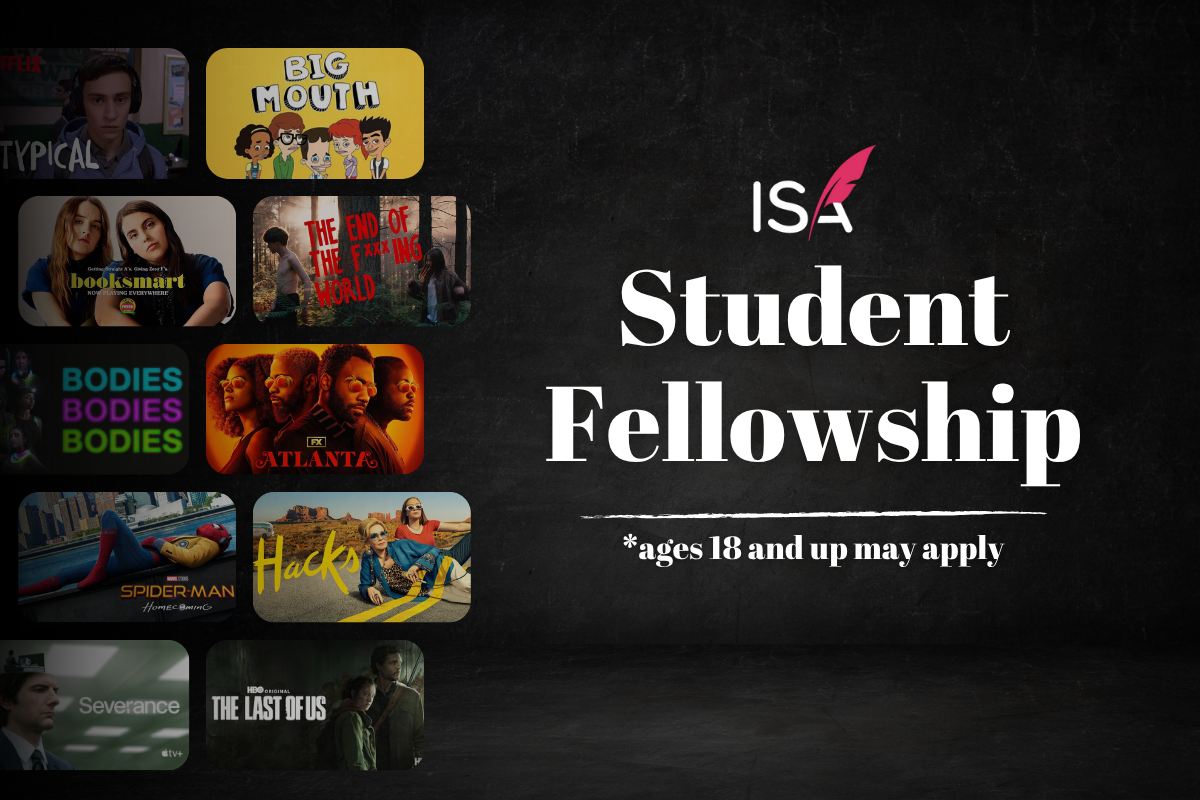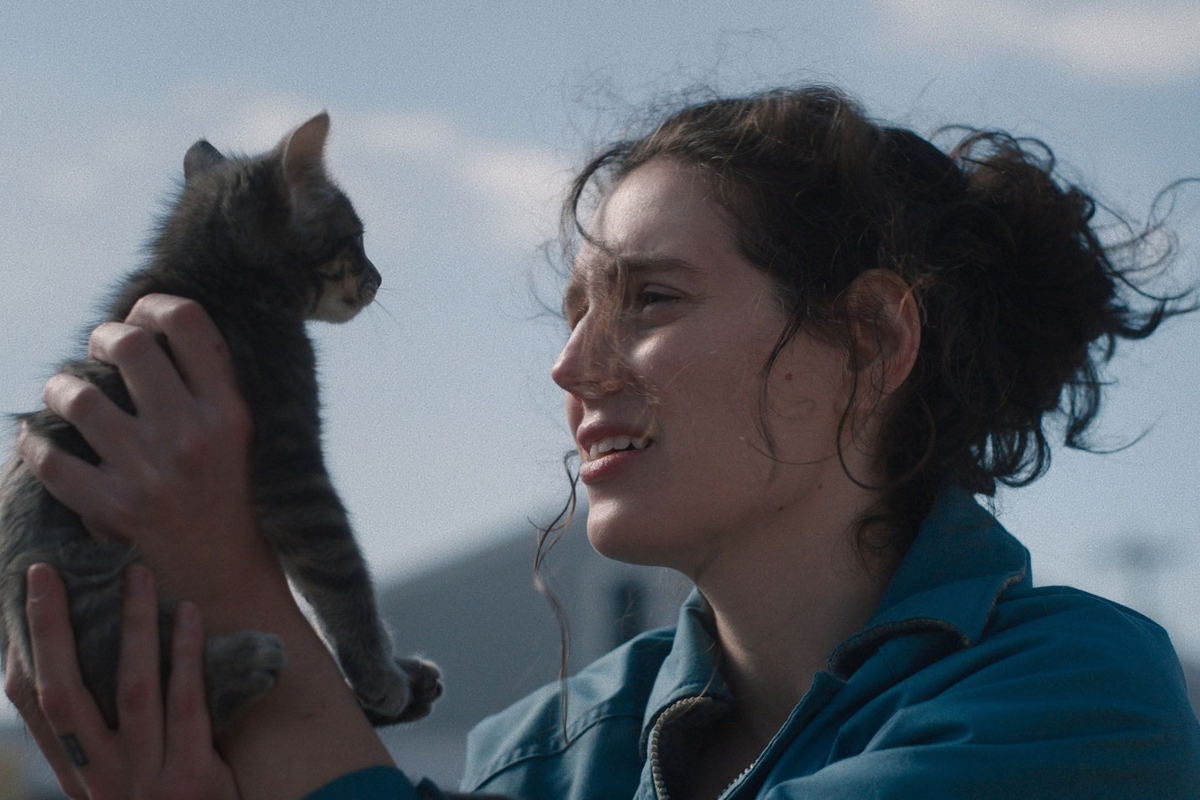Writing and Filming Biopics: Journey Is The Destination
Natalia Megas speaks with filmmakers of the biopic, Journey Is the Destination, about the life and premature death of photojournalist Dan Eldon.
Natalia Megas is a Washington, D.C. freelance journalist who turns biographies and ripped-from-the-headlines narratives into screenplays that have won awards and placed in contests like Austin Film Festival, Sundance Labs, and PAGE International. You can follow her on Twitter @DameWriter.
When acclaimed director Bronwen Hughes begins her biopic about the life and premature death of photojournalist Dan Eldon in Journey Is the Destination, we’re almost immediately drawn into the mixture of unbridled intensity, spirited energy and unwavering charm that was Dan’s life as a young British-born activist and war correspondent in Africa. The film, produced by Martin Katz (Hotel Rwanda) and Kathy Eldon, with stellar performances by Ben Schnetzer (Snowden) and Mario Bello, is inspired by the events of Dan’s life but also by his original artwork, which was reproduced in the book entitled Journey is the Destination: The Journals of Dan Eldon. The film establishes early on Dan’s motivation to keep returning to conflict zones as we follow his unfailing quest to help others.
Hughes carries the vibrant tone found in Dan’s art and travelogues to the big screen with catchy African percussion tunes and witty written commentary by Dan in graphics. By the second act, we’re so invested in Dan’s quest to report fairly and honestly in conflict zones like dangerous Somalia that by the third act, we are utterly crushed by the fatal consequences of that quest.
By the end of the film, which I saw with my friend, war correspondent Don North at a private screening in Washington, D.C., I was in tears, and Don, speechless. That’s when I knew they had it right.
"For all the new technology, reporting and photographing conflict still means living dangerously, and like Dan Eldon, dying young,” North told me afterwards. “The Journey Is The Destination understands and presents this basic observation on journalism... war is still the biggest news story of all and journalists still struggle with the public’s right to know and factions devoted to denying them coverage.”
Journey, a UK/Canada/South Africa/US collaboration which premiered as a gala film in September 2016 at the Toronto International Film Festival and in the U.S. at the Santa Barbara International Film Festival in February 2017 to a standing ovation, is written by Academy Award nominee Jan Sardi (Shine, The Notebook) and director/writer Bronwen Hughes(Stander, Forces of Nature) and also stars Kelly Macdonald (No Country for Old Men) and Ella Purnell (Never Let Me Go). Apart from dramatizing the life of a young, hopeful journalist, the film also raises important questions about issues ranging from female genital mutilation (FGM) to journalists’ safety and roles in wartime to the role of humanitarian missions in conflict zones.
Journey captures the story of Dan Eldon, who was only 22 when he was chased down and stoned to death by an angry mob in Somalia while being one of the youngest stringers in Africa whose work appeared in Time and Newsweek. Dan Eldon died with three other journalists that day.
The following is an interview conducted via email with Canadian filmmakers Bronwen Hughes (BH) and Martin Katz (MK) and Iowa-born Kathy Eldon (KE), Dan's mother.
Natalia Megas: You’ve had a career in directing for a long time. What drew you to screenwriting for the first time?
Bronwen Hughes: In my early days, I was too nervous to conceive of a project from scratch as writer-director. But as confidence grows, and especially if you have something in particular to say, then you realize a lifetime could pass before a script in line with your vision arrives ready to make. I started writing because the voices inside me were getting too loud to ignore!
NM: What attracted you to Dan Eldon's story?
BH: I found Dan’s story in the same way that most people have so far come to it — by the book of his journals called The Journey is the Destination. In the hours I spent turning those pages, I felt like I was seeing the life I’d always imagined living, but on steroids. I’d traveled a lot, but Dan had been to over 40 countries. I’d written a journal, but Dan’s was a mixed-media extravaganza, now in fine-art collections. I’d given to charity, but Dan had hand-delivered his contribution to the refugee camps in person. And apart from the meaningful stuff, holy moly did it look like fun! Dan’s beautiful friends from all over the world. His ability to find something in common with anybody, anywhere. And his witty, crazy observations scrawled in the margins of the book. Who wouldn’t want to be a part of that? I’m just the lucky one chosen to make the film.
NM: And what drew you to the script/film/story?
Martin Katz: We’ve been working on bringing Dan’s story to the screen for over a decade. But it’s remarkable how it has become more and more relevant over time. He always built bridges among people, rather than walls. Dan only saw people’s common humanity, and worked every day to make the world a better place.
NM: How challenging, if at all, was it to tell your son's story, either from a personal point of view or a film producer’s point of view?
Kathy Eldon: Handing one’s life over to a scriptwriter is a major challenge. Fortunately, I was able to work closely with Jan Sardi and Bronwen Hughes to ensure the story was told in a way that honored the journalists who died with Dan, the young people who traveled with him on the mission to Malawi and to Dan himself. I had total trust in Bronwen as a filmmaker who understood the deeper meaning of the film, and my passionate desire to see it spark a movement of individuals who believe they have a role to play in changing the world around them.
NM: What motivated Dan Eldon to be a photojournalist?
KE: I was a journalist in Kenya, which meant Dan was surrounded by journalists and photojournalists throughout his childhood. He was inspired by them, as well as by a close friend, Aidan Hartley, who suggested that Dan accompany him into Somalia in 1992 to report on a possible famine in the southern part of the country. Dan and Aidan were the first reporters to see the devastation caused by a terrific drought there, and Dan’s photo so awakened the world to the problem resulting in a mass influx of journalists telling stories that resulted in “Operation Restore Hope,” which brought aid to the tortured people.
Dan was excited by his ability to impact the world and returned again and again over the next year, eventually becoming the official Reuters stringer there. He was on his last trip into Somalia when he was killed. He would have gone back to UCLA to study film as a vehicle for social change, most likely.
NM: I recall you saying [during the Q&A at the Washington, D.C. screening] that you always loved Dan Eldon’s story. How did you get the ball rolling to make this film?
BH: The “journey” of getting the film made is most significantly marked by the changes in the industry, especially Hollywood. I came to the film when it was a development project at Columbia Pictures, right after the success of my studio film Forces of Nature. This was my moment, and it was luckily timed to the execs looking for a director for Dan’s story. But as Hollywood started to realize there was more money to be made in tentpoles, then most unique films got swept into turn-around, and are now made in the independent world. This was our process. We found a group of visionary and philanthropically-minded individuals to finance and a superb crew in South Africa to do the almost-impossible. The biggest factor in getting our film made was sheer force of will.
NM: Do you foresee any reprieve from tentpole-driven films?
MK: Hollywood works in cycles. It’s true that the past few years have been significant for tentpole films...But it’s also likely that in the wake of the Oscars sweep of Moonlight, smaller auteur-driven films will enjoy a resurgence in the coming years. That’s what I’m hoping.
NM: How did your writing process work with Jan Sardi?
BH: I came aboard when Jan Sardi had done some exciting first drafts for Columbia Pictures, where the project was first set up. With the early version in place, they went looking for a director to guide the script in the next stages. Jan and I worked on a pass with my director’s notes, which were also trying to satisfy the executive feedback from Columbia. After Jan’s contract was finished however, the studio put the film into turnaround. It was left to us to continue to develop the film without backing, and since I now had a strong knowledge of the subject and a clear idea for the film language, that meant I wrote the drafts alone henceforth.
NM: Sometimes the challenge of telling a true story, especially one that is rich in material such as this story, is maintaining the through-line. How did you do it? How challenging was it to decide which parts of Dan Eldon’s life to include and exclude?
BH: Dan’s was a life of crowded hours, as Kathy Eldon likes to say. And it’s true! For events and characters and energy and originality, it’s an embarrassment of riches. But your question nails the hard part on the head — it’s a challenge to glue a film about a “journey” without an obvious “destination” onto a central through-line. On its surface, Dan’s life was more like a mosaic than the single-minded plot of most Hollywood movies. So it took me years to extract what I believe is the ultimate purpose of the film, from which all decisions about what to include were made... Even then, it wasn’t obvious. So many people are passionate about their love of Dan’s story and write from all over the world to tell us, but those passions often conflict, or can result in a pastiche. There came a time as production was nearing that we just had to employ a filmmaker’s filter to make it whole at least. Then the editing process even cuts the fat off of that. It’s painful, I’ll tell you that!
NM: In the film, Dan Eldon’s death was aptly handled, with delicacy and respect. It did a great job of taking viewers to that moment in time without making it too unbearable to watch. Many similar biopics I’ve seen just avoided it altogether, much to their detriment. How did you decide to tackle Dan Eldon’s death?
KE: From my perspective, I was moved by the way that Hotel Rwanda, produced by Marty Katz, handled genocide. It was important to me that Bronwen believed that Dan’s death and those of his colleagues should be handled in a way that it wasn’t the most memorable part of a film about his vibrant life.
BH: My first decision was to make sure that the focus — and main point — of the film was the way Dan Eldon lived, not overshadowed by the fact that he died. Most people who know Dan’s story talk about him like a vibrant force, superbly aware of his energy for adventures and projects, and their take-away is more inspiration than cautionary tale.
To avoid his death completely, however, would be to pull the punch of the film’s ultimate message, which is to show that an arrogant American military, even if arriving with good intentions, can turn an entire population of regular folk against them with a mistake like the villa bombing, which is exactly what the warlords and terrorists want. Unfortunately, America’s new regime seems to be taking the bait even as I write this. ISIS now has a world full of insulted Muslims to recruit from.
NM: The film doesn’t shy away from serious, sometimes muted topics like FGM and the dangerous role of journalists and their political impact in war zones. Was there any vacillating on whether or not to include these topics?
KE: Again, from my perspective, I wanted FGM to be included, as there are very few films, which include this issue as part of the storyline.
BH: There were several times, especially in the early days of trying to make the film within the studio system, in which there was pressure to eliminate the FGM story from Saba’s character. The reason given was because it’s icky, and off-putting… which is exactly why millions of women continue to be subjected to this barbaric practice, since it’s too awful to talk about. This just strengthened our resolve to make sure that storyline stayed in the film, at least to put this subject in front of the world and say, “This is happening — what do you feel about it?” (We kept it verbal, not visual, so it’s tasteful at least.) And the other reason to keep the story is that it’s true! The love of Dan’s life was, indeed subjected to FGM, so it’s not an issue for issue’s sake!
As for the danger to journalists, in fact our timeline of 1993 was really at the beginning of the new reality that journalists, who were once immune, have now become actual targets and top-prizes for terrorist groups who crave a high profile. Nowadays, the danger has increased multi-fold, beyond the already present danger of bombs and guns. The Daniel Pearl story marks the most infamous shift away from journalists’ immunity to easy target for spectacular press. And once again, we publish these atrocities, so we take the bait.
That’s another point featured in the film actually — do journalists have to publish and make famous these atrocities, which feeds the notoriety the terrorists and warlords crave? I think we should stop giving them the infamy they want, especially in visuals. That just makes us pawns in their system, to give all headlines to madmen.
NM: What advice do you have to aspiring screenwriters?
BH: Screenwriting is an extremely difficult process, mostly because there is a great leap which a reader must take between typed words on a page and the emotional, chemical combustion that is a feature film. It takes vision in the true sense of the word for a reader to come close to knowing what the end result will be. So, a script is an abstract guide, and although we think we know exactly what we’ve written — it’s so obvious to us, the writers — it’s not always so obvious what the readers are picturing in their minds.
I would say my best advice is to give your early drafts to as many people as you can for their feedback, but importantly to the people who might be able to provide input or reactions who are NOT the buyers or financiers or agents who will eventually be choosing you... or not. You only get one single shot with submissions to them, so best to have gleaned all you can from the free advice. And not everything someone says is good advice for your script, but rather you will be looking for either a) a good idea that is in line with your vision, or b) a pattern of people not getting what you think they should be getting, or having the same issues, or confusions, or any red flags. Because — and here is my biggest advice for any stage of the filmmaking process — red flags never go away! They just get redder as you make the film, and then there is no going back to fix them!
NM: What do you hope this film does for audiences?
KE: My intention with making the film was to tell a story that could ignite the viewer’s desire to engage in the world around him or her and make it better. I have been thrilled to hear that many people feel inspired by the film and want to do more, see more, be more, not only for themselves, but also for others.
We are bringing on one of the world’s greatest Impact Producers, Bonnie Abaunza [The Hunting Ground], to create a plan for this film which will bring it to audiences around the world with an online toolkit which will enable them to tackle challenges they identify in the world around them or join forces with others to do so, and also, to learn how to communicate the solutions to a larger audience.
Our ROCK YOUR WORLD [RYW] empowerment program for teens does this already, so we’ll be linking young viewers to RYW, but we are working on the “there, there” for older viewers. At a time of confusion in the world, we want this film to catalyze positive action.
Get advice on adapting real-life stories in Erik Bork's on-demand webinar
Finding the "Story" in True Stories
Natalia Megas is a Washington, D.C. freelance journalist who turns biographies and ripped-from-the-headlines narratives into screenplays that have won awards and placed in contests like Austin Film Festival, Sundance Labs, and Page International. Inspired by real people with extraordinary stories whose moral shade isn’t always black or white, Natalia infuses her European upbringing and the colorful personalities she’s met along the way with her sleuth-like ability to find just about anything on the internet. When she’s not writing, she’s screening films for fests such as AFI, an experience that keeps reminding her why the first 10 minutes of a story is always the most important. You can follow her on Twitter @DameWriter.


